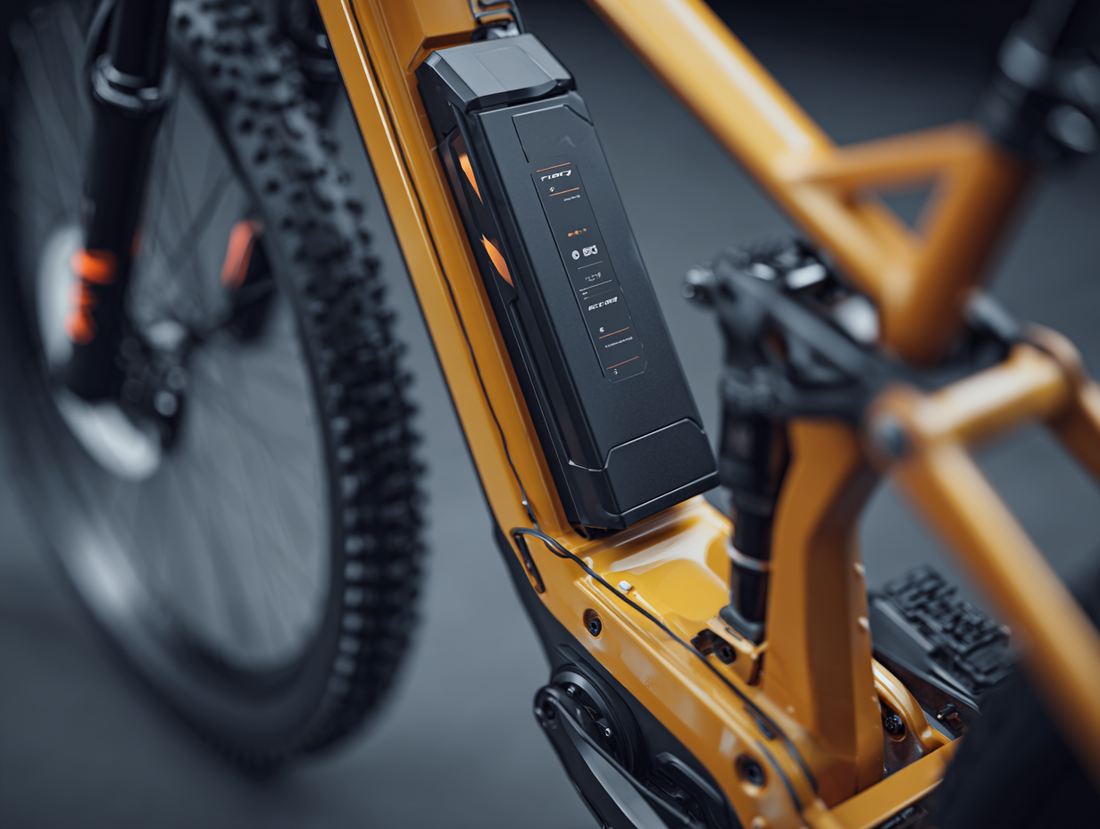
How Far Can You Really Go? Electric Bike & Scooter Range Explained
Share
If you’re thinking about buying an electric bike or scooter, one of the first questions you’re likely to ask is: How far can it go on a single charge? The answer isn’t always simple — range depends on a variety of factors, from battery size to terrain and even your riding habits.
In this guide, we’ll break down the key factors that affect electric range, compare average distances for different types of e-bikes and scooters, and offer tips on how to maximise your battery life.
What Does “Range” Actually Mean?
When we talk about range, we’re referring to the maximum distance an electric bike or scooter can travel on a full battery charge. Manufacturers usually provide a range estimate (e.g., “up to 40 km”), but real-world results can vary significantly.
Average Range by Vehicle Type
Here’s a general look at how far different electric bikes and scooters can go on a single charge:
Electric Bikes
Commuter E-Bikes: 40–80 km
Folding E-Bikes: 30–60 km
Cargo E-Bikes: 50–100 km (depending on load)
Off-Road/Mountain E-Bikes: 40–70 km
Electric Scooters
Standard Commuter Scooters: 20–40 km
Performance Scooters: 40–80 km
Off-Road Scooters: 30–60 km
Note: Higher-end models may exceed these ranges, especially those with dual batteries or high-capacity packs.
Top Factors That Affect Range
Battery Size (Capacity)
Battery capacity is measured in watt-hours (Wh). The higher the Wh, the longer the range. A 500Wh battery generally lasts longer than a 250Wh battery, assuming similar motor power.
Rider Weight and Cargo
More weight = more power needed. Heavier riders or those carrying loads (especially with cargo e-bikes) will experience shorter range.
Terrain and Elevation
Flat, paved surfaces require less energy than hills or off-road trails. Uphill riding can significantly drain your battery faster.
Speed and Riding Mode
Using the highest speed or power assist setting reduces your range. Eco modes can extend battery life, while throttle-only riding on scooters often drains the battery faster than kick-assisted riding.
Weather Conditions
Cold temperatures can reduce battery efficiency by up to 20–30%. Wind resistance also plays a role, especially at higher speeds.
Tire Pressure and Type
Under-inflated tires or knobby off-road tires create more rolling resistance, which reduces efficiency and range.
How to Maximise Your E-Bike or Scooter Range
Use Eco Mode: Ride in the lowest assist or speed setting whenever possible.
Avoid Aggressive Acceleration: Gradual starts are more energy-efficient.
Keep Tires Properly Inflated: Check regularly to maintain optimal pressure.
Charge Regularly and Fully: Avoid letting the battery drain to zero often.
Plan Routes Wisely: Stick to flatter, smoother paths when you can.
Battery Life vs. Range: What’s the Difference?
Battery range is how far you can go on a single charge. Battery life is how long your battery lasts before it starts to degrade.
Most quality e-bike and scooter batteries are rated for 500 to 1,000 charge cycles. After that, they gradually hold less power, which means your range will decrease over time.
Should You Buy a Spare Battery?
If you regularly take long rides or use your electric vehicle for commuting or delivery work, investing in a second battery could be a smart move. It doubles your potential range and gives peace of mind if you’re far from a charger.
Final Thoughts
Electric bikes and scooters offer incredible convenience and efficiency — but knowing their true range is essential for making the most of your ride. Understanding the factors that impact range can help you choose the right model and avoid unexpected battery drains.
Whether you're commuting, exploring, or just riding for fun, the key is to match the vehicle’s range to your lifestyle. And with the right habits, you can go further than you might think.
Looking for long-range e-bikes or scooters? Explore our latest models built for distance and performance.
